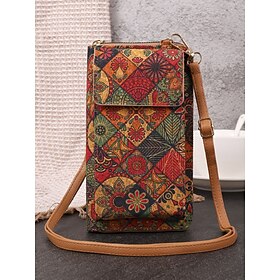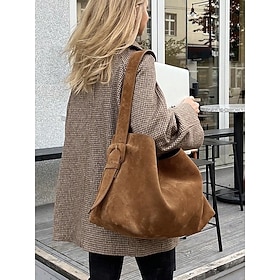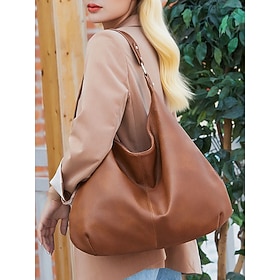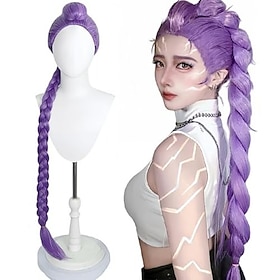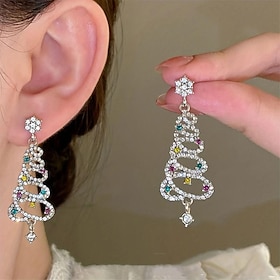A brief overview
Fashion and royalty have always had a deep, dynamic relationship. Throughout history, royal attire has not only embodied personal style but also reflected broader cultural values, political power, and social influence. From the gilded courts of ancient civilizations to the global stage of today’s monarchies, royal fashion has long stood as a powerful tool for diplomacy, symbolism, and leadership.
Ancient Opulence: Egypt to Rome

In early civilizations, royal fashion and the divine were often seen as one and the same yet far removed from what we consider jewelry today. Egyptian pharaohs adorned themselves in gold, fine linen, and richly detailed accessories, viewing themselves as gods among mortals. Roman emperors, on the other hand, wore elaborately patterned and colored togas that served as visual symbols of their authority. These ancient traditions established fashion as a language of royalty and celestial right, regal in both garment and ideology, etched into the fabric of history for generations to emulate and admire.
Medieval Majesty: Fashion as Power
During the Middle Ages, royal fashion was a means of dominance and display. Kings and queens dressed in luxurious fabrics like silk and velvet, often embedded with jewels and intricate embroidery.

Sumptuary laws dictated who could wear what stratifying society and protecting the exclusivity of royal appearance. In this way, monarchical clothing became both a political statement and a regulated privilege.

Renaissance & Baroque Splendor
In the Renaissance and Baroque periods, fashion at court evolved beyond mere opulence into aesthetic sophistication. The courts of France and England became global arbiters of style, spreading not just influence but identity. Queen Elizabeth I famously used her wardrobe including elaborately crafted pieces finished in far-off China or Japan and brought home by sea to communicate her policies. Each carefully chosen garment conveyed symbolism: purity, power, or the majesty of England standing proud before the world.
Victorian Elegance and Influence
Before the Victorian era, practicality reigned, but Queen Victoria’s adoption of mourning dress reshaped fashion across Europe. Her personal choices gave rise to a new cultural uniformity, reflected in the continent’s collective sense of decorum and sentiment. This demonstrated how deeply a monarch’s image could define the mood and manner of an era entire epochs measured by the silhouette of a sovereign.

Contemporary Royal Style: Relatable, But Iconic
In the 20th and 21st centuries, royal fashion has grown increasingly accessible, even as its cultural weight remains strong. Iconic figures such as Princess Diana and Catherine, Princess of Wales, have become global fashion leaders. The so-called “Kate Effect” where items she wears sell out almost instantly is evidence that today’s royals still set trends. Beyond aesthetic appeal, modern royal wardrobes carry diplomatic significance, support charitable causes, and reinforce national identity. Even now, royal fashion remains a thoughtful and strategic form of expression.










